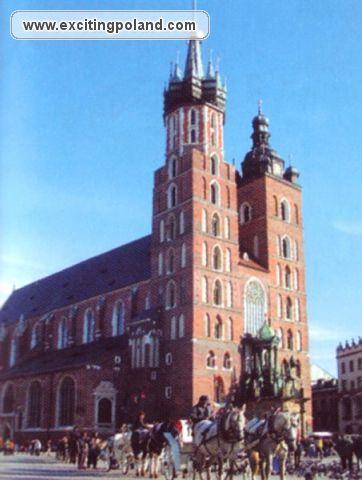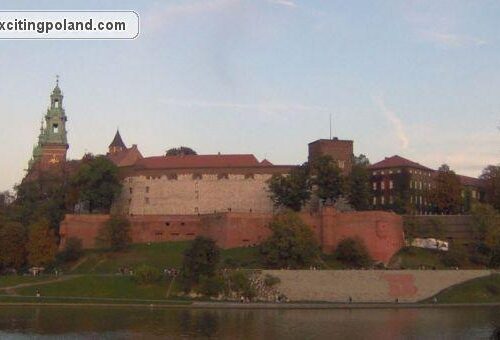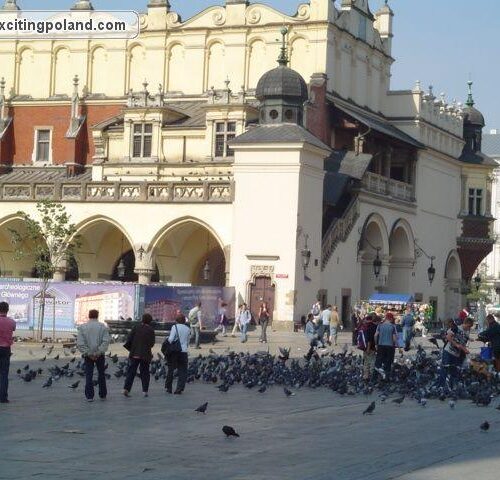The main altar of St. Mary’s Church is worthy of admiration. Built by a sculptor from Nuremberg, Wit Stwosz, it was made in the 15th century from gill and polychrome linden wood. It is Europe’s largest Gothic wooden altar. In the middle of the Main Market Square stands Sukiennice, the Cloth Hall, built in the 14th century to house merchants, with a richly ornamented attic. The pearl of Cracow is the 14th century Gothic Collegium Maius, the central building of Jagiellonian University. The university, established in 1364, is one of the oldest universities in Europe. Kanonicza Street is a charming corner of the Old Town, where most of the buildings were erected from the 14th to the 18th centuries. Wawel Cathedral Collegium Maius The Old Town is no longer guarded by defensive walls and moats. These have been replaced by the city park, called Planty, which surrounds the Old Town in a 4-km-long belt. One remnant of the old fortifications is Floriańska Gate – start of the Royal Road to Wawel Castle – and the Barbican beyond has also been preserved. This 15th century historic building is the largest and best-preserved Gothic defense architecture of its kind in Europe.







